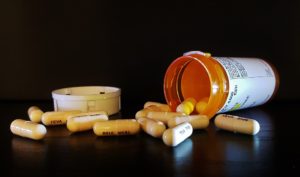 Ah, the miracle of giving birth, the significance of which can never be overstated.
Ah, the miracle of giving birth, the significance of which can never be overstated.
Motherhood is a gift, but it is also an enormous responsibility, both when carrying and during upbringing. Parenthood means you are responsible for someone else’s life and you are bound to protect and care for your children.
Childbirth Definition
Childbirth is already an arduous task. Unfortunately, it can become a complicated one as well. Due to any number of reasons, a birth defect might arise. By definition, it is an unusual development of the fetus. The consequences of such anomalies include death, malformation, retardation, or functional disorders.
The statistics relating to birth defects in newborns are alarming. Nearly 150,000 children are born every year with some form of deficiency or deformity. Furthermore, roughly 3% of infants are prone to a malformation upon birth. Some of these adolescents do not exhibit signs until they are much older.
Causes
Despite their expertise, doctors are not always able to diagnose the actual reasons for birth defects. When it is possible, they cite the child’s genetic structure or environmental effects or a combination of both as justification for these congenital malformations. While the genetic makeup may mean the defect is hereditary, environmental issues can include exposure to chemicals or an infection while the child was developing in the womb.

Let us elaborate on the science behind genetic causes. Each cell in the human body contains a chromosome that holds genes. Genes are the fundamental elements of a cell that determine the traits of a person. When a mother conceives her child, she bestows these genes to her offspring. Generally, a child receives one chromosome from each parent.
A failure or omission in the mechanism of this process is what causes birth defects. Either a child may have excess chromosomes or a scarcity of it. A familiar issue caused by a chromosome imbalance is the phenomenon of Down syndrome. If an extra chromosome is allocated to the child, they develop this condition.
Other genetic disorders include achondroplasia or dwarfism and Marfan syndrome, which is a disorder that affects the connective tissues in the body. There are rare cases where a child can obtain a disease directly from their mother. The female genetic code is called the X chromosome. Typical examples include color blindness and hemophilia, a condition where the blood doesn’t clot normally.
Then there is the environment. A mother’s health is paramount during pregnancy. Caution is advised for the nine-month duration since any mishap can affect the child as well. Even if a mother exercises extreme caution, she is still prone to an infection or illness. Sadly, this can prove detrimental to the health of the child she is bearing.
If a mother suffers from chickenpox during pregnancy, her child may develop a defect. Similarly, toxoplasmosis, a disease caused by a foreign parasite, can give the child a disorder. Thankfully, vaccinations are available which can improve the mother’s health and prevent the child from being harmed.
If a mother is particularly reckless in her pregnant phase and routinely consumes alcoholic beverages or indulges in recreational drugs, she will invariably cause damage to her child. It is better to be safe than sorry when you’re expecting a child.
Types

There are various forms of birth defects. One instance is a congenital heart defect. One in eleven children is likely to suffer from a heart illness. These are caused by a genetic disequilibrium during the chrysalis in the fetus. The worrying part of heart defects is that they can often escape detection. A child is likely to experience an accelerated heartbeat and respiratory issues. Feeding may also be an inconvenience and there may also be swellings in the lower half of the body.
Another disorder is called clubfoot. It is more prevalent in boys than girls and involves a physical deformity that affects the ankles or feet of the child. It is likely a consequence of genetic and environmental determinants and does not manifest itself until the child begins to walk.
Moreover, a cleft lip is another common abnormality. A cleft lip occurs when the hard palate (roof of the mouth), soft palate (tissues at the back of the mouth), or the upper lip are split during fetal formation. For some reason, It affects Asian children more than North Americans.
A child who suffers from this condition requires a speech pathologist to aid his/her delivery of the speech. The severity of cleft lips can vary. While some are mild, others involve the lip and floor of the nostril and part of the dental arch as well.
Another birth illness is known as spina bifida. It is a less common disorder that affects one out of every 2,000 children. A malformation of the child’s neural lobe, which is the basis of their brain and spinal column, prohibits their backbone from closing properly. Fortunately, if the issue is detected during pregnancy, cesarean birth is organized so that experts can handle the baby immediately.
Immature limbs are the final defect we will discuss. Some children are born with a limb deviation. The professional opinion is that this is likely the result of an environmental factor rather than a genetic one. Nevertheless, an orthopedic specialist and therapist must be consulted to help the child cope. Infants who are affected are also fitted with a prosthesis to aid their movement.
The concept of birth defects is a lamentable scenario that makes an indelible impact on the lives of children. Although they cannot be prevented entirely, science has given mothers and children plenty of hope. First, mothers should be extraordinarily careful during pregnancy. Second, on the off chance that they observe an issue post-birth, they should immediately consult a doctor.
That about sums it up for this brief explanation of illnesses during birth, but with the advancements in medical technology, it is only a matter of time when all these abnormalities will come to an end and that will be a site to see!





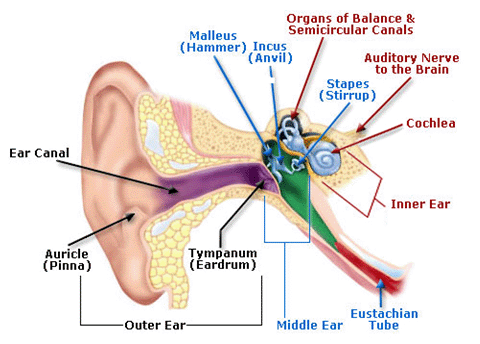
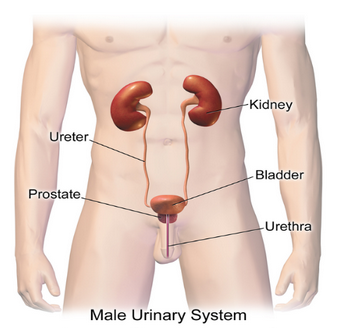
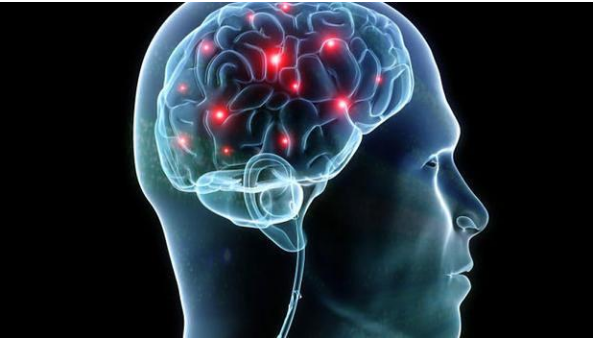
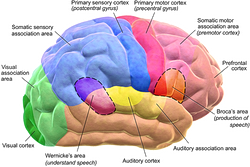
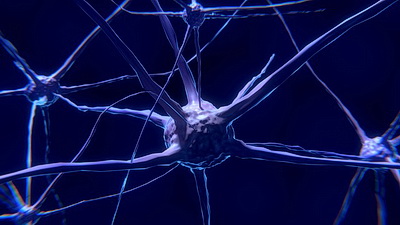









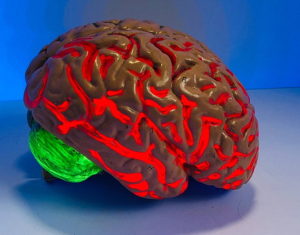



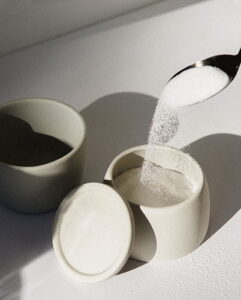


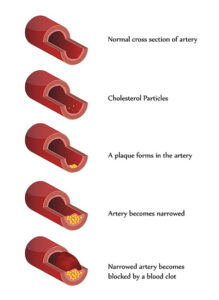

 Sadly, we are living in a
Sadly, we are living in a